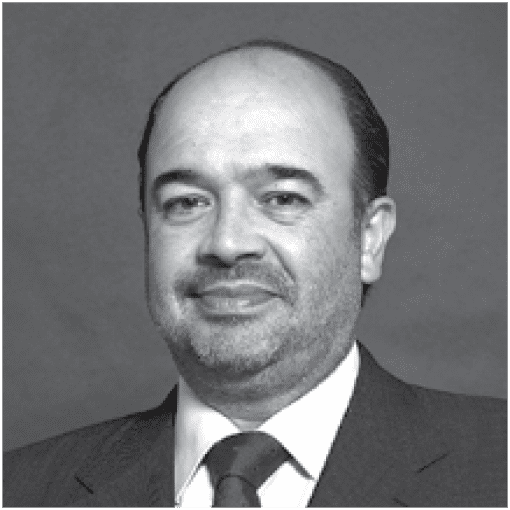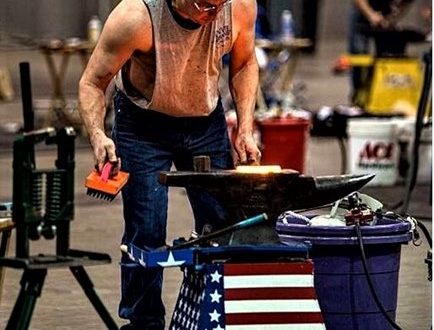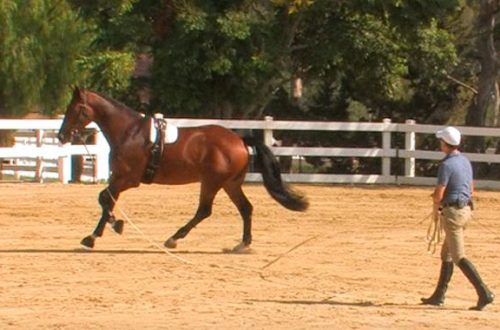
Rodrigo Costa Matos: a Portuguese perspective
Rodrigo Costa Matos: A Portuguese Perspective
For 19 years I studied and worked at the Portuguese Riding School under the guidance of Guilherme Borba and F. Gracios and also in Morgado Lusitano under the guidance of Nuno Palma. At the Portuguese school I studied exclusively the classical method of training horses, and with Nuno Palmo I learned a lot about the classical method of preparing horses for competitions. My teachers were not only great mentors, but also fantastic riders. But, since there will always be something in the field of human-horse communication that you don’t know yet, I continue to take lessons from some masters even today.
Classical dressage appeared in my life as if by itself and completely captured me. I learned to work with horses with ease, love and without haste.
I think we don’t choose horses, they choose us. Therefore, we must be able to find a language with any horse, and treat any horse with respect and love, because each of these amazing animals can give the rider many wonderful moments.

Usually training begins with establishing positive communication with the horse and establishing mutual trust. Then come respect and discipline. I’m pretty sure the base for all horses should be the same. Further, the whole question is only in accepting the horse as a person, as an individual, and, therefore, in an individual approach to its training.
Of course, it is desirable for a beginner to train with a horse that is several paces more advanced than he is, so that the rider can safely work on his confidence in the saddle and on his own balance. I prefer … all horses, any.
Riders and horses often have problems with communication, with balance, and with delicate, gentle work with the horse. I would advise working with the horses so that they do not remain out of control. The only way to work like this is to work with the horse in balance, balance, collection and lightness. As far as the bit is concerned, with a soft hand and proper contact, no snaffle will be strict and uncomfortable for the horse. The whole question is only in the skills of the rider. For the horse, the main thing is to work in balance and in balance, to be “between the hand and foot” of the rider. This will cause her to respond immediately to the slightest rein or leg action.
You should always start training your horse with the basics – straightness, softness, momentum, balance. All horses are asymmetrical from birth, just like humans. Natural asymmetry is not a problem, it can be corrected by regular work (again and again) on the base and foundations – straightening, flexibility, balance. Some horses are more flexible by nature, some less, some of the horses are more talented, some less. As with humans, it all depends on the horse. For example, in a bullfight, as a rule, they choose horses that are very nimble, maneuverable and naturally perfectly balanced.
Russian horses (Orlovtsy, Russian riding, UVP) are beautiful and very smart. And, of course, it is quite possible to work with them according to the classics. I would advise to alternate work in the arena and in the fields, try to make the work varied and interesting for the horse even in the arena, change tasks more often and not get carried away with monotonous work. Progress requires a lot of practice, patience and respect for the horse.
The material was prepared by Vlad Maksimova and Valera Shablya.





